Many dog breeds enjoy going for walks, but some particularly love long walks. These breeds are known for their high energy levels and endurance, making them great companions for those who enjoy spending time outdoors. Whether you're looking for a hiking buddy or simply enjoy taking long walks around the neighborhood, these breeds are sure to keep up with you.

One of the most famous breeds for long walks is the Labrador Retriever. These dogs are known for their friendly and outgoing personalities, as well as their high energy levels. They are also great swimmers, so if you enjoy taking your walks near bodies of water, a Labrador Retriever may be the perfect companion for you. Another breed that loves long walks is the Australian Shepherd. These dogs are highly clever and require a lot of physical and mental stimulation to stay pleased and healthy. They are great at hiking and can easily keep up with their owners on long walks.
Understanding Canine Exercise Needs
Dogs require regular exercise to maintain their physical and mental health. The amount of exercise needed depends on several factors, including breed, age, and overall health. Some breeds are more active than others and require more exercise to stay healthy.

It is crucial to understand that not all exercise is created equal. While short walks around the block may be enough for some dogs, others require more vigorous exercise to burn off excess energy. Long walks are a great way to provide dogs with the exercise they need while also providing mental stimulation.
When planning a long walk with a dog, it is critical to consider the dog's breed and physical abilities. Some breeds, such as retrievers and hounds, are built for endurance and can walk for miles without getting tired. Other breeds, such as bulldogs and pugs, may have difficulty walking long distances due to their short legs and respiratory issues.
In addition to breed, age is also a vital factor to consider when planning a long walk. Puppies and senior dogs may not be able to walk as far as adult dogs. It is demanded to start slowly and gradually increase the distance and intensity of the walk to avoid overexertion.
Thus, understanding a dog's exercise needs is crucial in maintaining their health and happiness. Long walks are a great way to provide dogs with the exercise they need while also strengthening the bond between the dog and their owner.
Popular Dog Breeds for Long Walks
When it comes to finding a dog breed that loves long walks, there are several options to choose from. Here are three popular dog breeds that are known for their love of exercise and long walks.
Labrador Retriever
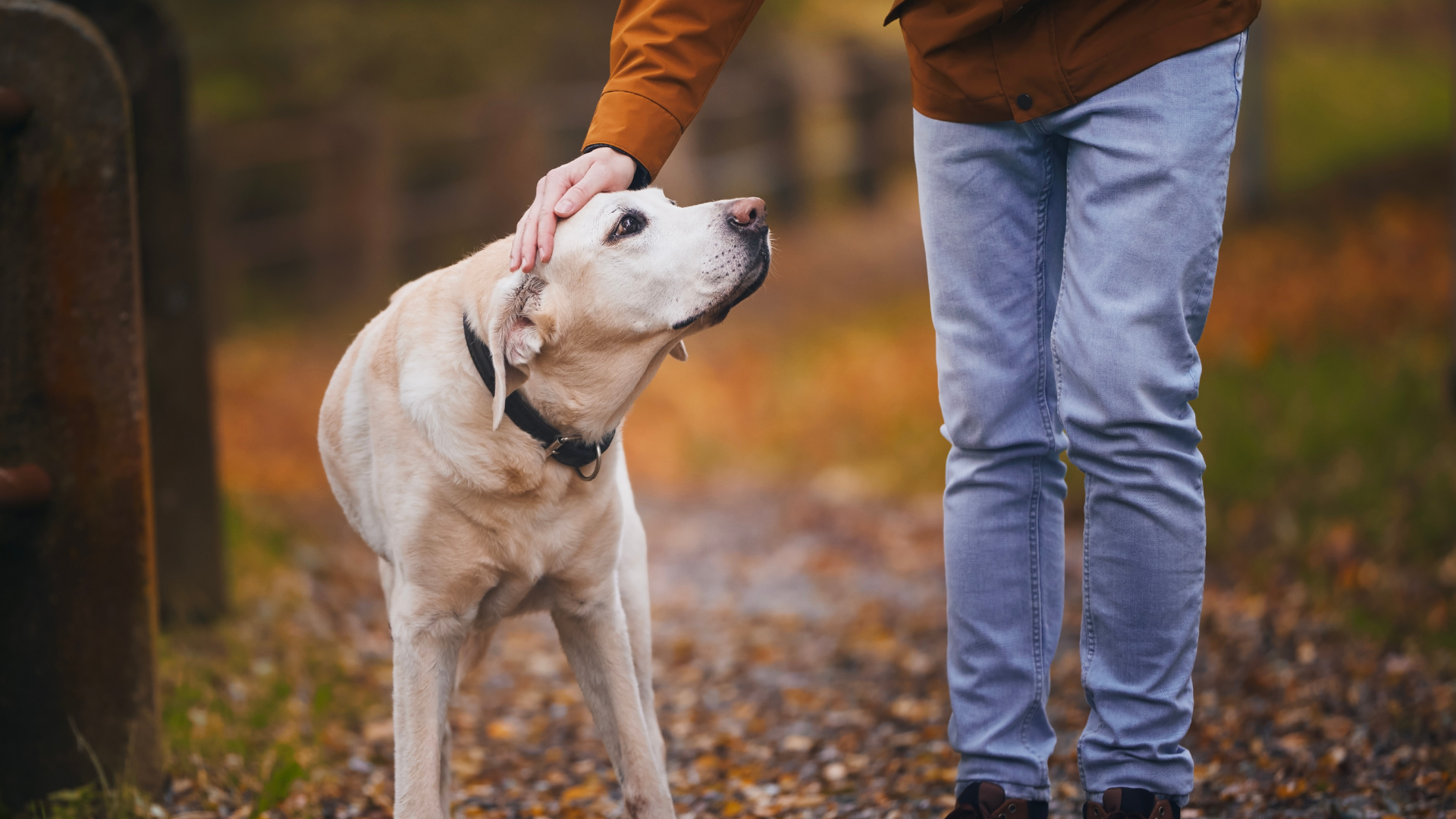
Labrador Retrievers are one of the most popular dog breeds in the world, and for good reason. These dogs are known for their friendly and outgoing personalities, as well as their love of exercise. Labradors are great companions for long walks and hikes, as they have a lot of energy and love to explore their surroundings. They are also very intelligent and easy to train, making them an excellent choice for first-time dog owners.
German Shepherd

German Shepherds are another popular dog breed that loves long walks. These dogs are known for their loyalty and intelligence, and they make great companions for outdoor activities. German Shepherds are also very active and require a lot of exercise, so they are an ideal option for people who love to be outdoors. They are also very protective of their owners, making them great watchdogs.
Border Collie
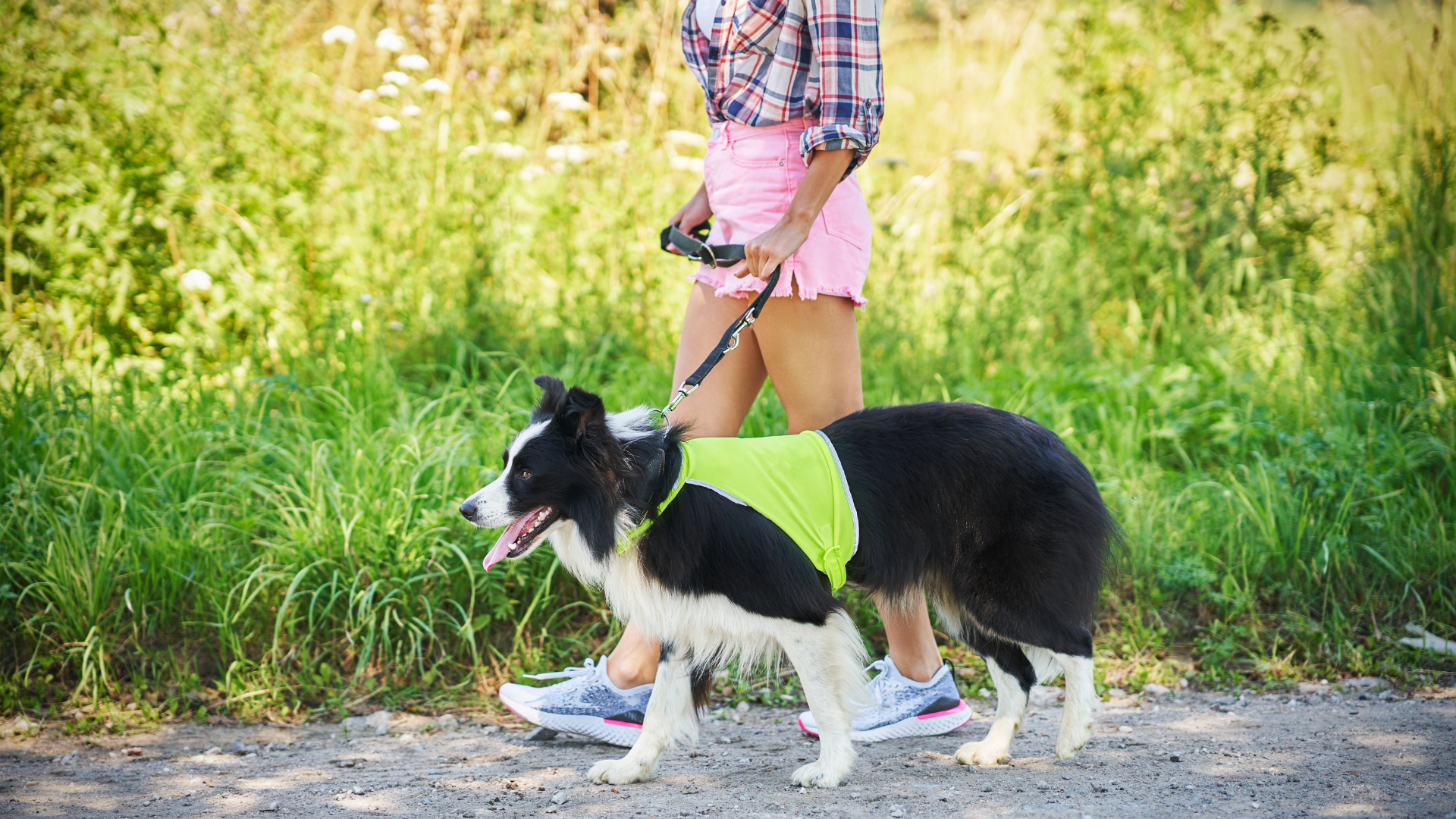
Border Collies are a highly wise and active dog breed that loves to be outdoors. These dogs are known for their herding abilities, and they are great at keeping their owners active and engaged. Border Collies require a lot of exercise and mental stimulation, so they are a wise choice for people who are looking for a dog that can keep up with their active lifestyle.
Hence, these three dog breeds are perfect options for people who love to go on long walks and hikes. They are all highly active and intelligent, making them great companions for outdoor activities.
Characteristics of Walking-Friendly Breeds
When it comes to finding a dog that loves long walks, certain breeds stand out. These breeds tend to have specific characteristics that make them great walking companions. Here are some of the common traits of walking-friendly breeds:
High Energy Levels
Breeds that love long walks tend to have high energy levels. They are active dogs that need plenty of exercise to stay healthy and happy. These breeds thrive on long walks and will happily walk for miles without getting tired.
Athletic Build
Many walking-friendly breeds have an athletic build that makes them well-suited for long walks. They have strong legs and a sturdy body that can handle the physical demands of walking for extended periods.
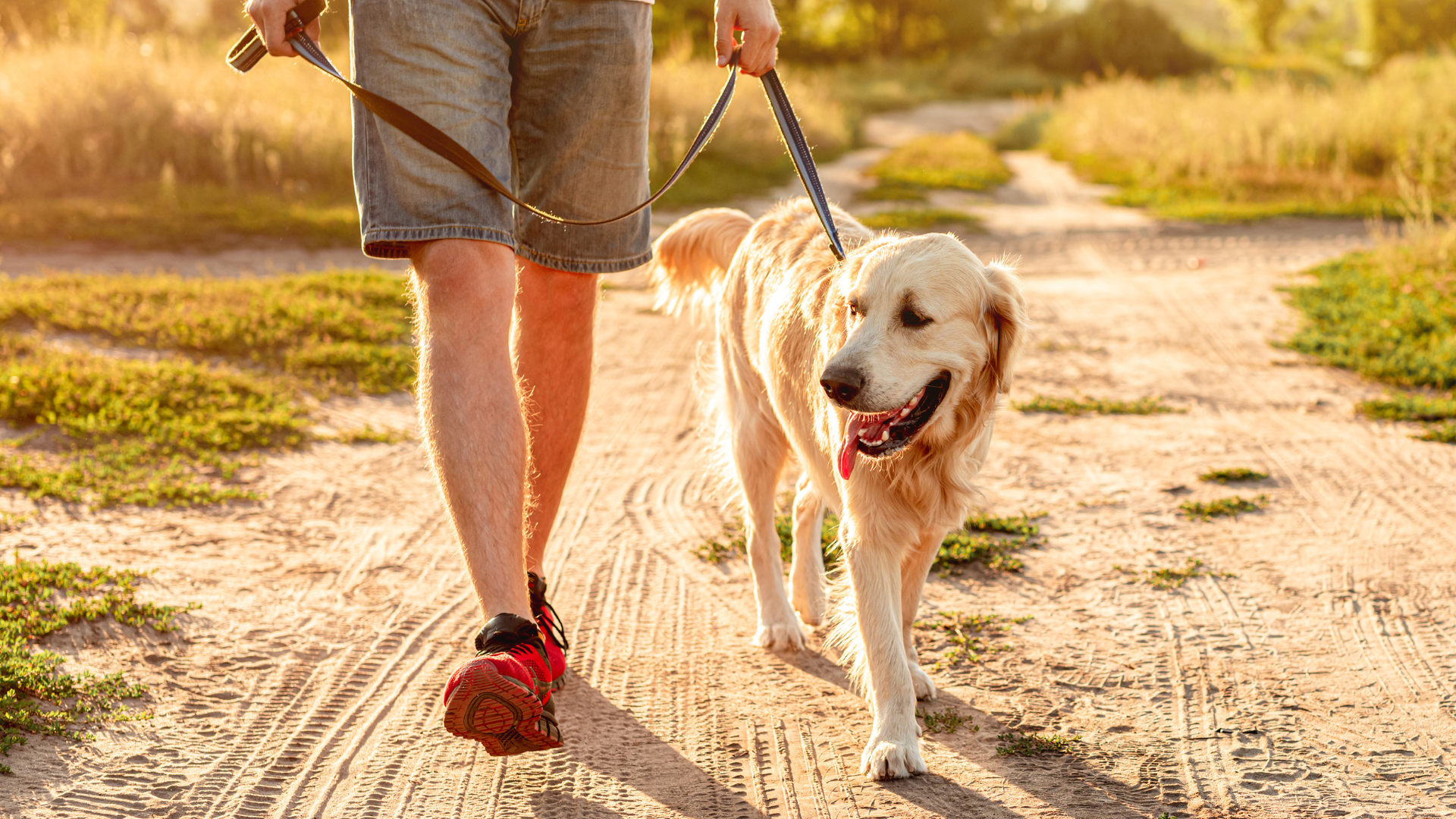
Good Temperament
Walking-friendly breeds tend to have a good temperament. They are friendly, and social, and enjoy spending time with their owners. They are also obedient and easy to train, which makes them great walking companions.
Love of the Outdoors
Most walking-friendly breeds have a love of the outdoors. They enjoy exploring new places and experiencing new sights and smells. They are curious and adventurous dogs that are always up for a new adventure.
Low Grooming Requirements
Finally, many walking-friendly breeds have low grooming requirements. They have short coats that are easy to maintain, which makes them perfect for owners who don't have a lot of time to devote to grooming.
Overall, walking-friendly breeds are great companions for owners who love to walk. They have the energy, athleticism, and temperament needed to make long walks enjoyable and rewarding.
Health Benefits of Long Walks for Dogs
Long walks are not only beneficial for humans but also for dogs. Regular exercise is essential to maintain a dog's physical and mental well-being. Here are some health benefits of long walks for dogs:
Physical Health
Long walks help dogs to maintain a healthy weight, which reduces the risk of obesity-related diseases such as diabetes, heart disease, and joint problems. Walking also strengthens a dog's muscles, enhances their balance and coordination, and helps to maintain healthy bones.
Mental Health
Dogs need mental stimulation as much as physical exercise. Long walks deliver an opportunity for dogs to explore new environments, interact with other dogs, and experience different smells and sounds. This mental stimulation can help to reduce anxiety, boredom, and destructive behavior.
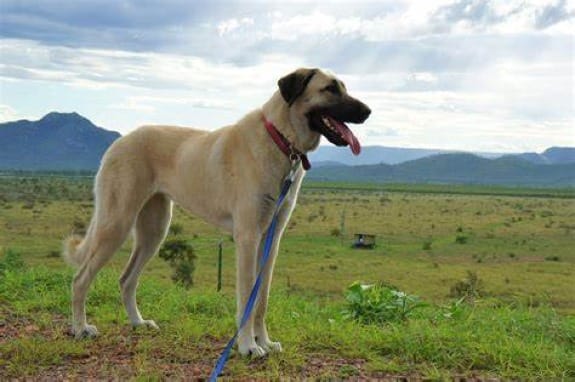
Bonding
Long walks are a great way for dogs and their owners to bond. Walking together provides an opportunity for dogs to spend quality time with their owners, which can strengthen the bond between them.
Therefore, long walks are an excellent way to keep dogs healthy and happy. Regular exercise can help prevent obesity-related diseases, improve mental health, and strengthen the bond between dogs and their owners.
Essential Gear for Walking Active Breeds
When it comes to walking active dog breeds, it's important to have the right gear to ensure a safe and enjoyable experience for both the dog and the owner. Here are some essential gear items to consider:
Collar and Leash
A sturdy collar and leash are essential for any dog, but especially for active breeds. Look for a collar that fits well and is comfortable for the dog to wear. A leash should be long enough to allow the dog to move around freely, but not so long that it becomes a tripping hazard.
Fi GPS Tracking Dog Collar: Fi GPS tracking Dog Collar is ideal for helping keep your dog in the best shape. It enables you to track the dog's exertion levels and steps, which you can compare to other dogs of similar breeds within your neighborhood.
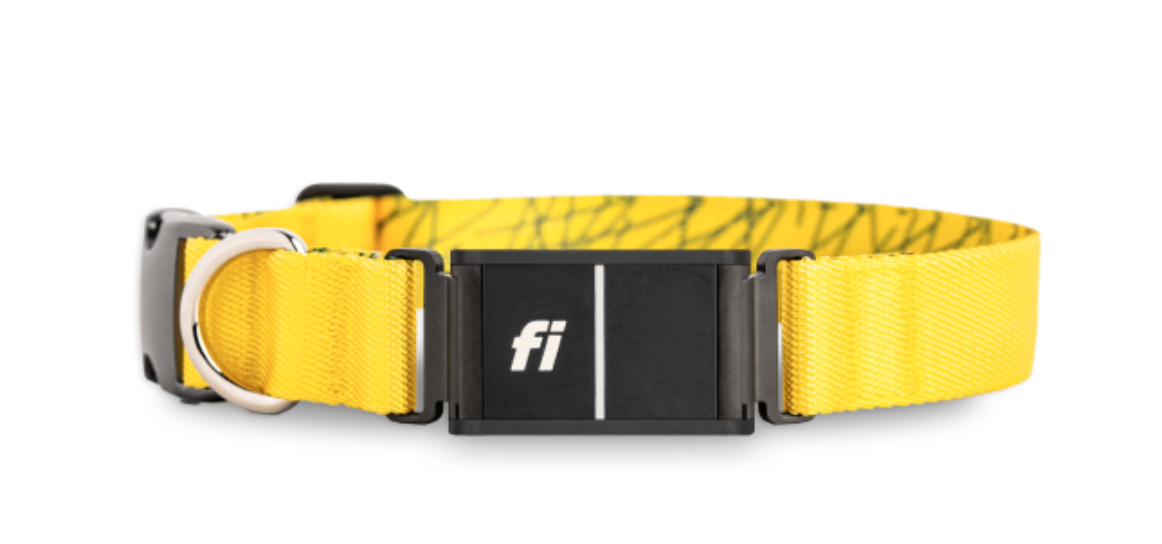
These tracking collars come in four core colors: pink, blue, gray, and yellow. They're a perfect fit for dogs whose neck sizes range between 11.5 and 34.5 inches. With its GPRS tracking feature, you'll instantly get a phone alert if your pup friend ever gets out unexpectedly.
Harness
A harness can be a great alternative to a collar for active dogs, as it provides better control and reduces the risk of injury to the neck and throat. Look for a harness that fits well and is comfortable for the dog to wear.
Water Bottle and Bowl
It's essential to keep your dog hydrated on long walks, especially in hot weather. A portable water bottle and bowl can make it easy to provide your dog with water on the go.
Treats
Treats can be a great motivator for dogs during long walks. Look for treats that are healthy and easy to carry, such as small pieces of dried meat or cheese.
Poop Bags
It's necessary to clean up after your dog during walks. Always carry poop bags with you and dispose of them properly.
Reflective Gear
If you plan to walk your dog in low light conditions, such as at dawn or dusk, reflective gear can help ensure that you and your dog are visible to drivers and other pedestrians. Look for reflective collars, leashes, and harnesses.
With these essential gear items, walking active dog breeds can be a safe and enjoyable experience for both the dog and the owner.

Safety Considerations for Long Walks
When taking a dog for a long walk, safety should always be a top priority. Here are some important considerations to keep in mind:
Weather Conditions
Before heading out, it's crucial to check the weather forecast. If it's too hot or too cold, it may not be safe for the dog to walk for an extended time. In hot weather, dogs can easily become overheated, leading to heat exhaustion or heatstroke. In cold weather, dogs can suffer from hypothermia or frostbite.
Terrain and Surface
The terrain and surface of the walking route should also be taken into consideration. Uneven or slippery surfaces can be dangerous for both the dog and the owner. It's important to choose a route that is suitable for the dog's size, breed, and age.
Water and Snacks
Bringing along water and snacks for the dog is important, especially during long walks. Dogs can become dehydrated quickly, so it's important to offer water frequently. Snacks can also help to keep the dog's energy levels up.
First Aid Kit
Accidents can happen, even during a leisurely walk. It's a good idea to bring along a basic first aid kit that includes items like bandages, antiseptic wipes, and tweezers. This can help to treat minor injuries and prevent them from becoming more serious.
By keeping these safety considerations in mind, owners can help ensure that their dogs enjoy long walks safely and comfortably.
Seasonal Walking Tips
When it comes to taking long walks with your furry friend, it's important to keep in mind the changing seasons and adjust your routine accordingly. Here are some seasonal walking tips to keep in mind:
Spring
Springtime is a great time to take your dog for a long walk. The weather is mild, and the scenery is beautiful. However, it's essential to be aware of the potential for allergies. Keep an eye on your dog for any signs of sneezing, itching, or other allergic reactions. If your dog is prone to allergies, consider bathing them after the walk to remove any allergens that may have accumulated on their fur.

Summer
Summer can be a challenging time to take long walks with your dog due to the heat. It's necessary to avoid walking during the hottest part of the day and to bring plenty of water for you and your dog. Consider walking in shaded areas or near bodies of water to help keep your dog cool. Be aware of signs of overheating, such as excessive panting or lethargy, and take breaks as needed.
Fall
Fall is a great time to take your dog for a long walk, with cooler temperatures and beautiful foliage. However, it's paramount to be aware of the hunting season in some areas. If you're walking in a hunting area, make sure your dog is wearing bright colors and consider using a leash to keep them close. Be aware of any potential hazards, such as fallen leaves that may hide sharp objects or uneven terrain.
Winter
Winter can be a challenging time to take long walks with your dog due to the cold and the potential for ice and snow. It's significant to make sure your dog is wearing warm clothing, such as a coat or sweater, and to protect their paws from ice and salt. Consider using booties or paw wax to protect your paws. Be aware of any potential hazards, such as icy patches or frozen bodies of water, and avoid walking in these areas.
Final Thought
Regular walks are paramount for keeping dogs healthy and happy. While all dogs need exercise, certain breeds thrive on long walks and the adventures they bring. From the vibrant Labrador Retriever to the spirited Jack Russell Terrier, these breeds are perfect companions for those who love spending time outdoors. Remember, the key to a happy and healthy dog is a regular, engaging exercise that meets their exact needs.
FAQs
- Q1: How long should I walk my dog?
- A1: The length of a walk depends on your dog's breed, age, and health. Generally, 30 minutes to 2 hours per day is recommended.
- Q2: Can older dogs handle long walks?
- A2: Yes, but it's required to consider their health and stamina. Older dogs may need shorter, more frequent walks to avoid overexertion.
- Q3: What should I bring on a long walk with my dog?
- A3: Bring water, treats, poop bags, a leash, and a first aid kit. It's also a good idea to have a mobile phone and identification for your dog.
- Q4: How can I tell if my dog has had enough exercise?
- A4: Signs of sufficient exercise include a calm demeanor at home, good sleep patterns, and a healthy weight. Over-exercised dogs may show signs of fatigue or soreness.
- Q5: Are there any precautions for walking in different weather conditions?
- A5: Yes, avoid extreme heat or cold. In hot climates, walk in the early morning or late evening and bring plenty of water. In cold weather, ensure your dog is adequately protected, especially breeds sensitive to low temperatures.




